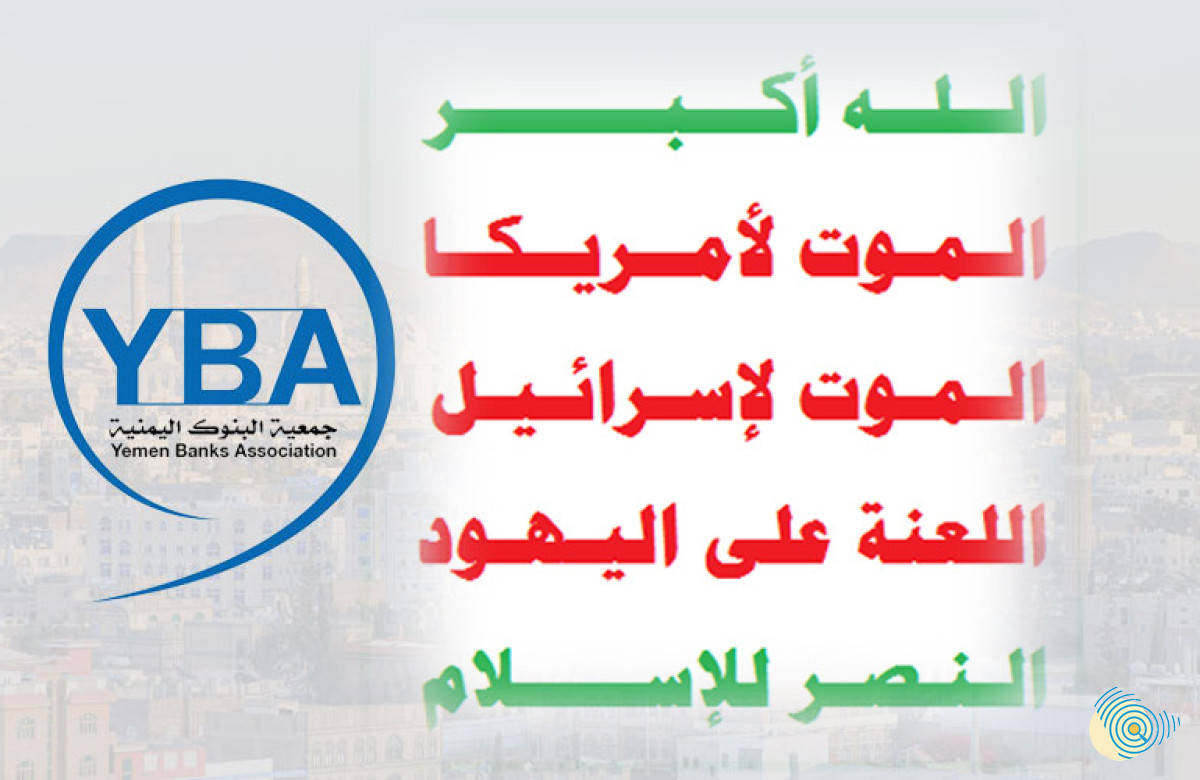High Risk of Default: Sanaa Banks Teeter on the Brink of Bankruptcy
- 17 Jul 2024


Introduction
The banking crisis in Sanaa has escalated due to the enduring impact of policies implemented by the Ansar Allah group (Houthis) over the past nine years. This crisis has grown increasingly intractable, resembling a raging inferno consuming livelihoods with relentless force. Economic dynamics, propelled by volatile security and political conditions, have compounded the overall economic and living hardships, exacerbating the cost of stability.
The banking sector serves as a cornerstone for economic growth in nations, facilitating crucial funding for projects that drive investment and bolster national economies. However, in Yemen, commercial banks confront significant risks and challenges that threaten to render them inert, exacerbated by the absence of a secure business environment in Houthi-controlled areas. The Houthis' policies have contributed to liquidity shortages and hindered banks from meeting their financial obligations, further straining economic stability and development prospects.
Crisis Commencement:
Scarcity of liquidity:
Banking Paralysis
هوامش
1- مصير مجهول لاستثمارات البنوك في أذون الخزانة – المشاهد نت- 12يونيو 2023- https://almushahid.net/115026/
2- الحوثي تدفع القطاع المصرفي إلى الهاوية- 30 مارس 2023 – المصدر أونلاين –متاح على الرابط - https://almasdaronline.com/articles/271765
3- التخفيف من الانعكاسات السلبية لانقسام البنك المركزي على القطاع المصرفي اليمني- 9مارس 2023- مركز صنعاء للدراسات – متاح على الرابط https://sanaacenter.org/ar/publications-all/analysis-ar/19668
4- بهدف الاستيلاء على فوائد المودعين.. الحوثي تصدر قانون البنوك في مناطق سيطرتها- 21 مارس 2023- يمن شباب نت -https://yemenshabab.net/news/83576
5- الحوثي تدفع القطاع المصرفي إلى الهاوية- 30مارس 2023 – المصدر أونلاين - https://yemenshabab.net/news/83576 -
6- أزمة السيولة في بنوك صنعاء تنذر بتكرار السيناريو اللبناني- 13 مايو 2024 - العربي الجديد –متاح على الرابط https://www.alaraby.co.uk/economy/
7- مقابلات اجراها الباحث مع مصرفيين، يوليو ٢٠٢٤.
The stated views express the views of the author and do not necessarily reflect the views of the Center or the work team.
Comments